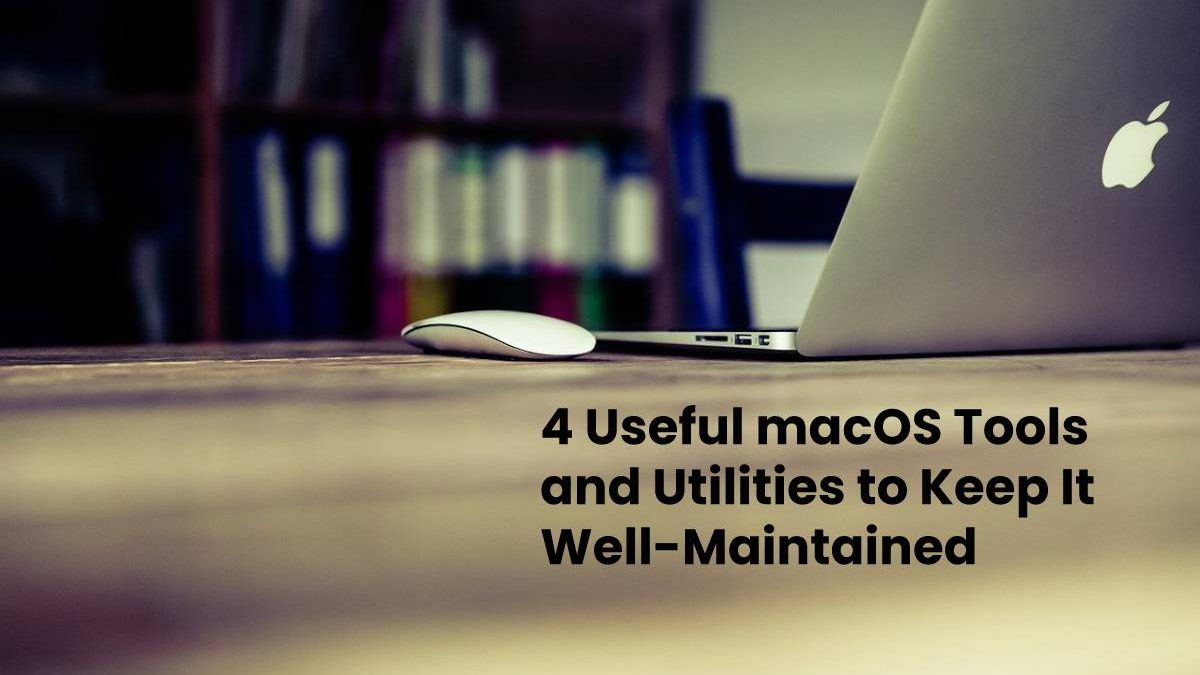macOS Tools
Although Macs are capable and resilient machines, that does not mean that they never have any problems. Over time your Mac’s performance could slow down, or you could face other hardware or software issues.
While it is impossible to predict exactly what issues you’re going to face, what you can do is know the right tools and utilities to use if and when you do face them.
Table of Contents
#1. Disk Utility
Disk Utility is a native macOS app that comes installed on every Mac computer. It is designed to help users manage their hard disk and storage devices.
The options in Disk Utility will let you format and manage your hard drives, create disk images, combine multiple hard drives into a raid, and (most importantly) check and repair errors on your hard drive.
Because of its features, is the best tool to use if you encounter any drive errors, corrupted files, or can’t seem to boot up your Mac. On top of that it can be used to back up your drive if necessary too.
#2. Apple Diagnostics
Apple Diagnostics (or Apple Hardware Test for older Macs) is another tool that is bundled into every Mac, and is designed to test its hardware and suggest solutions. To run it you need to hold down the ‘D’ key while your Mac boots up.
After Apple Diagnostic starts it will begin to test your hardware automatically and recommend solutions that you can use. If you want you can get more information by sending a report to Apple Support.
All in all, Apple Diagnostics should be your go-to option if and when you run into any hardware issues.
#3. Activity Monitor
Activity Monitor is a tool on macOS that will display your system’s current status with respect to its resources. It can show you the usage of the CPU, RAM, energy, hard drive, and network.
The reason that Activity Monitor is so important is because it can help you pinpoint potential problems. For example you can use it to see if your processor is being overworked, or if you’re running out of RAM.
Based on that data you can then decide on how to solve the problem.
#4. Time Machine
Time Machine is the native solution for backing up macOS. It can be found in your System Preferences, and you can select which disk you want to use to back up your hard drive.
Once enabled, Time Machine can automatically back up your drive periodically. The first back up will take a long time, but after that it should be much faster.
While Time Machine won’t directly solve any issues, it is still extremely important as it is the easiest way to make sure you never lose any data. If you accidentally delete or can’t find important files, restoring from the last backup is a good option.
Final Words
Make no mistake despite your best efforts from time to time you may need professional help. However it should be easy enough to find Mac or iMac repair Dallas services.
The fact that you know about these tools and utilities and when to use them is a good start. At very least they should be enough to take care of most of the common issues that you’re likely to run into.
Kamran Sharief
Related posts
Recent Posts
GameStop Near Me Minnesota, United States
GameStop Near Me Minnesota, United States Welcome to Computer Tech Reviews. Do you need help finding GameStop Stores Near you in…
Top 10 Electronics Stores Near Me in Belmont, California, USA
Top 10 Electronics Stores Near Me in Belmont, California, USA Have you recently moved to Belmont, California, USA? If so,…



